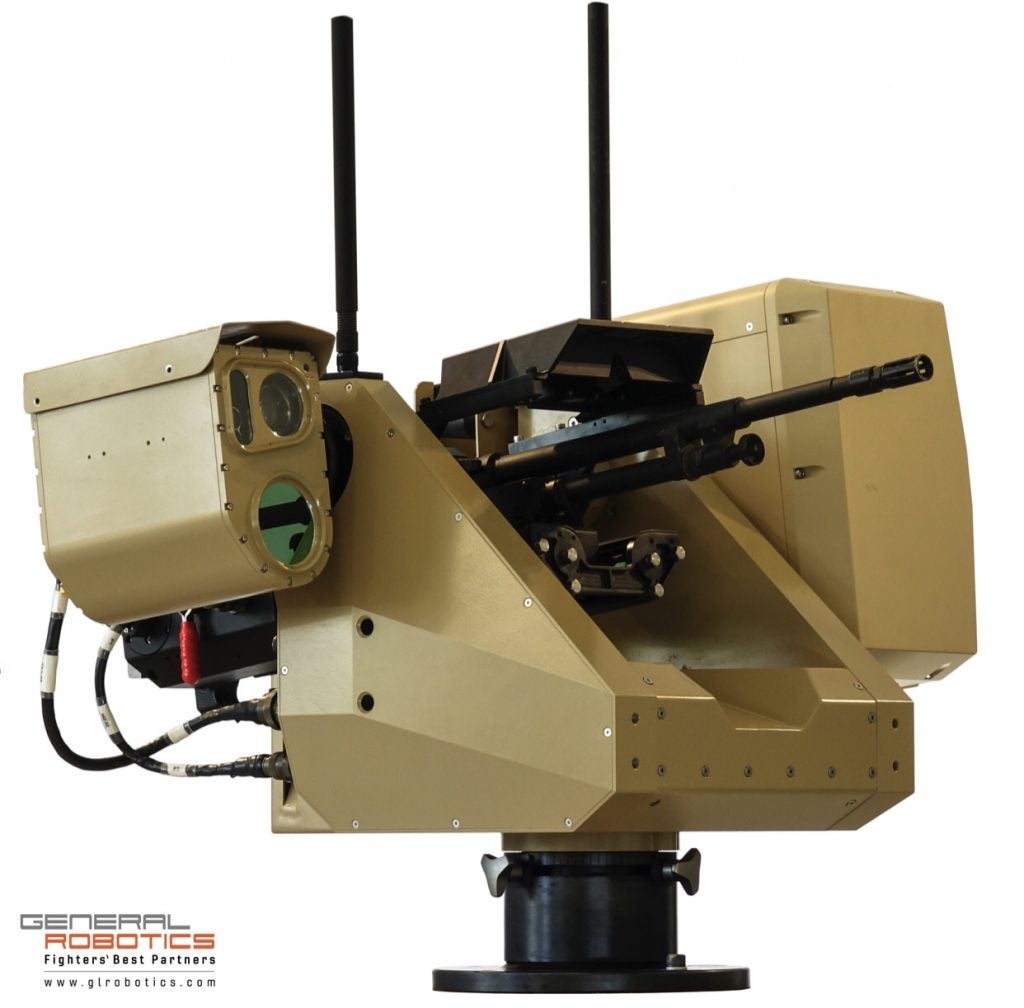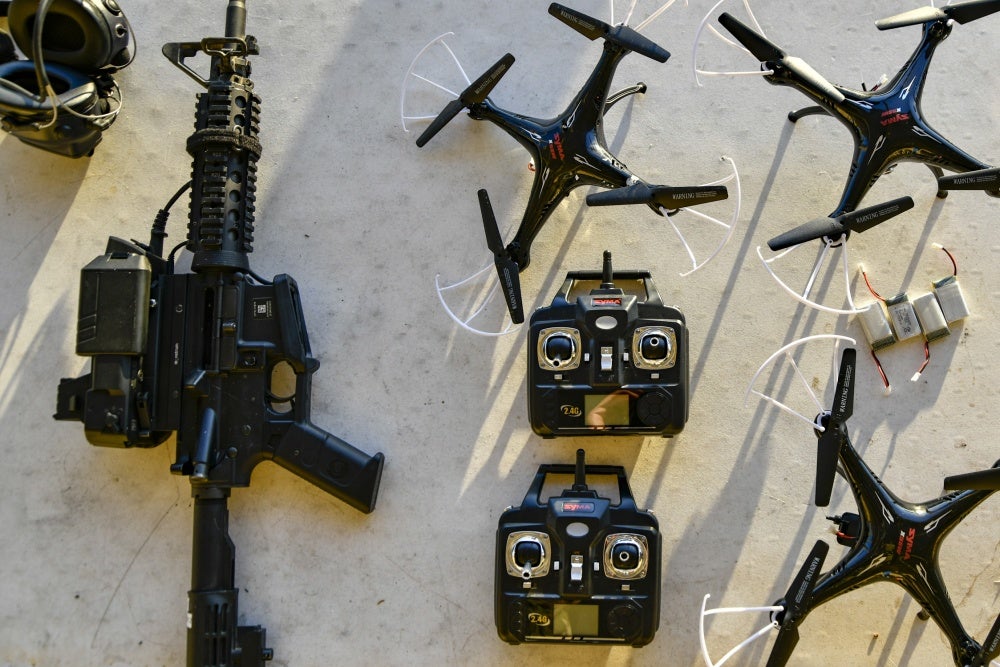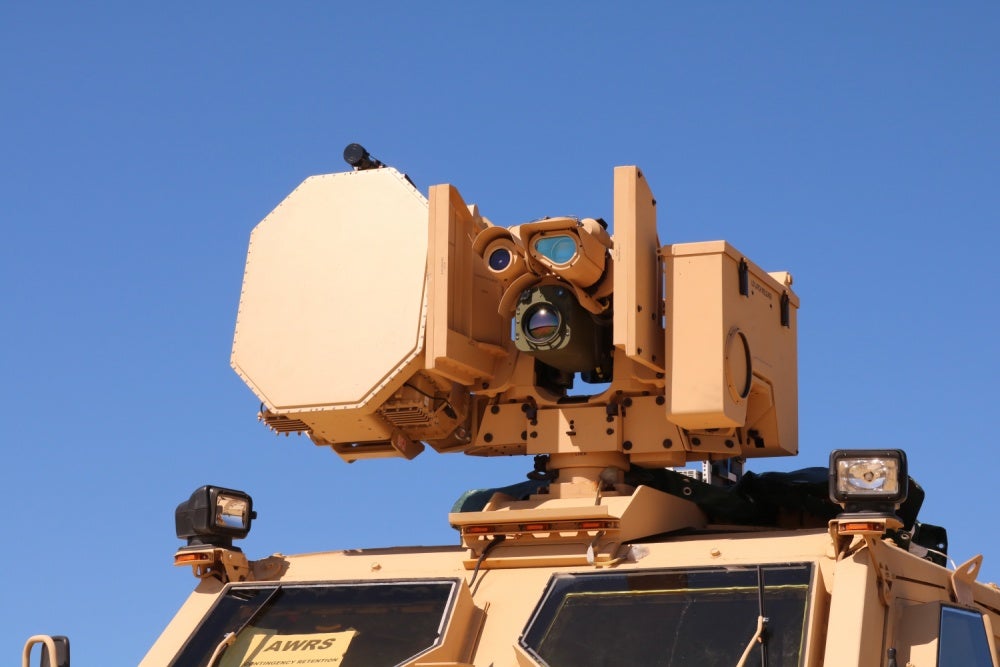BLADE – The Radar-Guided Drone Killer
The Ballistic Low Altitude Drone Engagement (BLADE) system is the US Army’s latest attempt to deal with the small UAV threat. By combining a remote weapon station with a radar, BLADE is able to precisely track and engage hostile UAVs with its .50 calibre machine gun. No data was given on detection or engagement range however we can get a general idea by looking at a similar system, Pitbull AD. Built by the Israeli company General Robotics, Pitbull is very similar in that it combines an existing remote weapon station with a small radar to provide high fidelity tracking data.

The manufacturer gives the system a detection range of up to 5km depending on the size of the target and an engagement range of 800 meters for static targets or 500 meters if the target is moving. Pitbull also has an integrated jammer allowing drones to be “soft-killed” by blocking communication with the controller. Having both hard-kill and soft-kill measures offers a great deal of flexibility. In many cases, it’s ideal to use soft-kill measures which opens up the possibility of capturing the drone intact or following it back to base if it’s programmed to do so. However, as drones become more autonomous jamming alone won’t suffice and kinetic effects will be needed.

Another interesting hard-kill counter-UAV system has made an appearance recently, this time in the hands of USAF personnel. This is the SMASH 2000 Plus, a fire control system for assault rifles that uses image processing and a laser range finder to track drones. The engagement range is very limited compared to radar-based systems, only being able to reach out to 120 meters. USAF Security Forces at Beale AFB tested the SMASH attached to an M4 against quadcopters with apparent success in August. The system has also been tested by the Australian Defence Force, US special forces, and is currently in service with the Israeli Defence Force.

